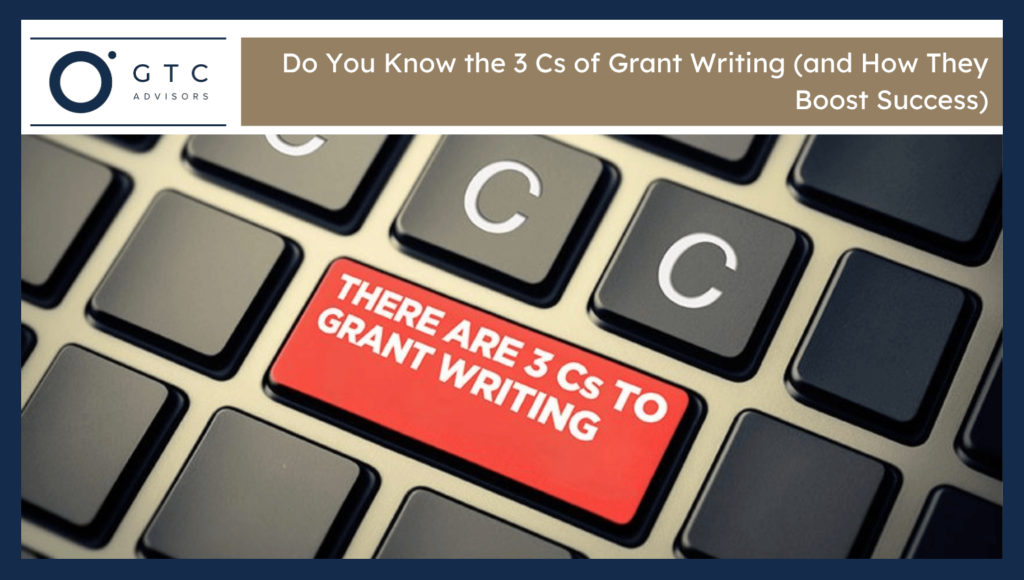The 3 Cs of grant writing stand for clear, concise, and compelling. It means writing an easy-to-read, short, and factual proposal. Anyone can write a proposal following the 3 Cs grant writing rule. There is no need to write a lengthy proposal to secure funding. Use storytelling techniques and stick to the main point. Use credible sources and statistics to describe the project problem, impact, and solution. Funders have to review hundreds of proposals, and the 3 Cs of grant writing save their time. Concise proposals show respect and convince them to approve funds.
Clarity: How to Make Your Grant Proposal Easy to Understand
Write an essay to read a proposal without any fancy words. Clearly explains the project problem and why it needs to be addressed. Follow a structured order and describe the scope of the project. Show statistics and impact data to solidify the point. Do research about the funder and create relevance with their previous projects. Share organizations’ achievements, awards, and successful history to build trust. Funders are concerned about two things, project scope and money. Give a brief overview of who is going to benefit from the project and the amount required to fund the project. Be clear when writing a proposal, and don’t write about things that do not add any value.
Concise: How to Keep Your Proposal Sharp and Focused
Stick to the main point and avoid repeating the same thing. Talk about information and statistics that strengthen the proposal. Use short sentences with active voices to increase readability. Write in bullets as funders can skim through the proposal easily. Follow the guidelines and don’t add fluffy information. Stay within word limits to show discipline and focus on the project mission through the proposal.
Compelling: How to Keep All Sections Aligned and Credible
Make sure to provide credible information in the proposal. Don’t make vague promises and show the reviews from credible people. Show funders how the project aligns with their goals and add factual statistics to build trust. Keep the tone persuasive and professional throughout the proposal. Proofread the proposal after writing or hire a grant writer to follow the funder guidelines.
What Are the Simple Techniques to Apply the 3 Cs to Any Grant Proposal?
Here are the seven simple techniques to apply the 3 Cs for any grant proposal:
- Draft First, Edit Later: Don’t try to write the perfect proposal in the first go. Write freely, add statistics, and gather all the data. Polish it later and keep the 3 Cs (concise, clear, and compelling) in mind. This strategy helps to add maximum useful information in the proposal.
- Use Readability Tools: Use readability tools like Hemingway Editor, Grammarly, or Datayze Readability Analyzer to check the score. Paper reviews and suggestions from experts also help to refine the grant proposal.
- Trim Excess Content: Cut the fluffy and repetitive content. Merge the sentences that look broken and add meaningful content only.
- Apply a Consistency Checklist: Keep a checklist of the funder’s guidelines alongside and cross-check to see if the proposal meets them or not. Make changes, cut the word count, format it, and meet the checklist before submitting the grant proposal.
- Highlight Key Messages: Focus on the project problem, impact, solution, and funding through the proposals. Don’t talk about irrelevant things in the project, as it distracts the funder.
- Use Bullet Points for Clarity: Use bullet points to break down the technicalities of the project. These points make the proposal easy to read and engaging. The funder can quickly scan what the proposal says from the bullet points instead of reading long paragraphs.
- Check Flow Between Sections: Read out the proposal loud at least once after the final draft to see if there is a smooth transition between sentences. Make sure it doesn’t sound like jumping from one point to another.
What Happens When You Ignore the 3 Cs?
The proposal exceeds more than the required length with fluffy and unnecessary information. The funder struggles to understand the core technology and the project. These proposals look unprofessional and affect the reputation of the organization. It increases the chances of the grant being rejected and leaves the funder in doubt about whether the organization is credible or not.

George C. Tagg, Jr.
George serves as a trusted counsel to business leaders, non-profit executives, and management teams. George is a licensed attorney with a master’s in international affairs and over 20 years’ experience in the U.S. Congress, Department of State, Department of Defense, global public policy, and political campaigns.


